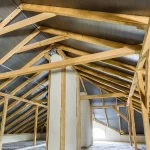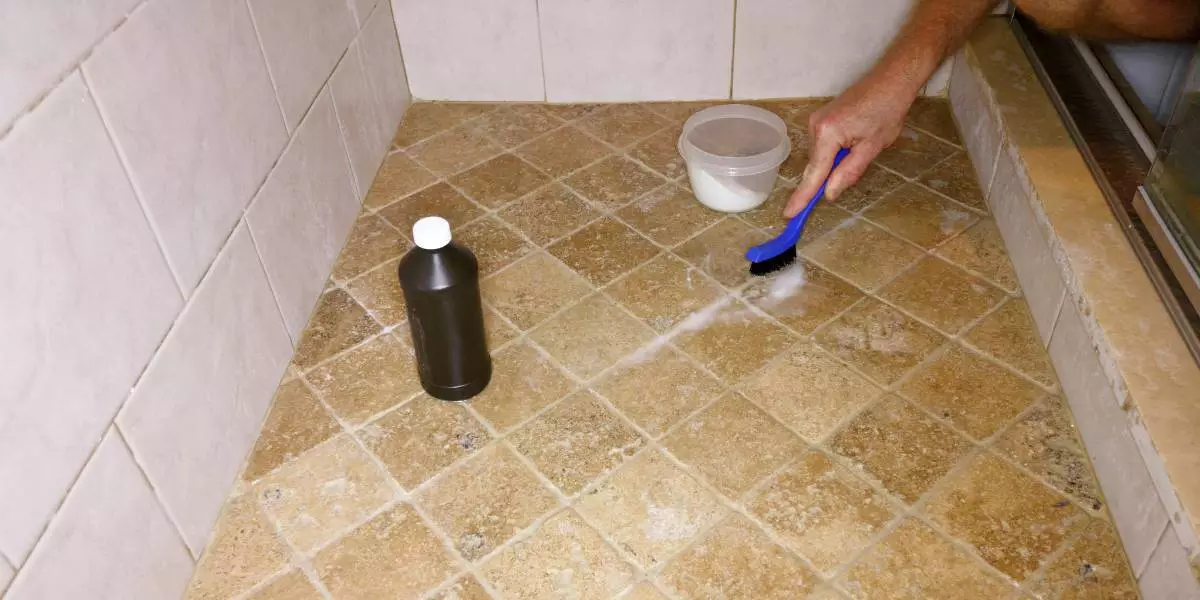One of the most important things to consider when purchasing heaters is the voltage rating. Heaters, just like any other appliances, require a specific amount of voltage to function effectively. Using a heater on a voltage connection that doesn’t match its voltage rating may damage the machine or cause it to fail completely.
Heaters are commonly rated in different voltage ratings of 120v, 208v, and 240v. While it is very tempting to just plug and turn on a heater, it is important to first determine its voltage rating to keep it in its optimum state and avoid accidents and damages. Obviously, a 120v heater won’t work if directly plugged into a 220v wall socket. The same thing goes with a 208v heater on 240v.
A 208v heater can’t be used on 240v. Running a 208v heater on a higher voltage of 240v can cause the heater to run at 33% higher power. This increase in power is very likely to cause overheating and even fire.
But, what if I already purchased a 208v heater and my house’s power is 240v?
Heaters are all built differently and some 208v heaters can work on 220v to 240v just fine. However, you shouldn’t assume that your heater is suitable for higher voltages. Always read the product’s label for the voltage rating and compatibility. If there were no indications about 220v or 240v, then do not plug your heater on any of them.
If you’ve confirmed that your heater is only suitable for 208v, you can purchase a transformer to be able to use it on 240v. Transformers can increase or decrease the voltage depending on the appliance’s need. On the downside, a transformer could be costly and you might need to hire someone to install it for you.
If using a transformer is not a viable option for you, we suggest asking your retailer if they can give you a replacement or refund to buy a heater that can match your house’s voltage.
What will happen if I use a 240v heater on 208v?
Using a 240v heater on 208v doesn’t pose a huge risk however it can certainly affect the performance of your heater. When a high voltage heater is connected to a lower voltage, it will draw less current and produce less heat.
How do I know the voltage rating of a heater?
Determining the voltage rating of a heater is easy. This information is usually printed on the heater label inside or outside the heater. It is also written on the heater’s manual. If you are not yet sure about your heater’s voltage rating, you can always check with your retailer.
If you are using a second-hand heater without a label, manual, or retailer information, you can use a multimeter to test the power coming out of the heater. Here are some steps you can follow to use a multimeter in determining the heater voltage.
Step 1: Wear footwear and use gloves to avoid electrocution from the live wires
Step 2: Turn off the heater while it’s plugged in
Step 3: Turn your multimeter to AC volts settings
Step 4: Let the multimeter’s leads touch the circuit
Step 5: Read and take note of the voltage rating
While testing for the voltage may appear to be simple and foolproof, do not feel overly confident and make sure to practice safety precautions always. Remember that you are testing live wires and one wrong move can hurt you.
What is the best voltage rating for a heater?
The best voltage rating depends on the voltage your household circuit holds. As we have briefly tackled above, matching the voltage is essential for the heater to run effectively.
However, if you can’t find a heater that matches your house’s voltage, you can opt to install a transformer to make it work.
Where is 208v commonly used?
208v is commonly used in larger facilities like factories, workshops, and apartment buildings with elevators.
You are probably wondering why 208v is the standard or most commonly used for these big areas. Well, the simple explanation for that query is that 208v is more efficient than 120v in terms of power. It is also more efficient than 240v because its smaller wires can carry more power.
What is the difference between 208v and 240v?
Apart from the 32v difference, these two voltage types have other differences that are worth knowing.
208v and 240v differ when it comes to their phases. A 240v is a single-phase voltage whereas 208v is a three-phase voltage.
A single-phase voltage contains one wire aside from a neutral wire and creates a single sine wave. It is used where a smaller amount of power load is needed making it suitable for residential areas. However, the main drawback to this voltage is its inability to convert power.
On the other hand, a three-phase voltage holds three wires that produce three alternating currents. It is used for heavy power delivery and is suitable for large commercial areas. Furthermore, a three-phase voltage can be converted to single-phase power using a transformer.
Q: What is a 3-phase electrical system?
A: A 3-phase electrical system is a type of electrical power distribution where three conductors carry alternating currents of the same frequency and voltage level. It is commonly used in commercial and industrial settings.
Q: Should I consult a professional for electrical work?
A: Yes, it is recommended to consult a professional electrician or contractor for any electrical work to ensure it is done safely and according to local electrical codes. Improper electrical work can be dangerous and cause damage to your property.
Q: Can I convert single-phase power to three-phase power?
A: Yes, it is possible to convert single-phase power to three-phase power using a phase converter. However, the efficiency and performance of the equipment being powered may be affected, and it is recommended to consult a professional electrical contractor for proper installation.
Q: What is the full load current of a heater?
A: The full load current of the heater can be found on the nameplate or in the product specifications. It is the maximum current that the heater will draw when operating at full capacity.
Q: What are the safety precautions to take when installing a heater?
A: When installing the heater, it is important to follow all safety guidelines and local electrical codes. Some general safety precautions include ensuring proper grounding, using appropriate electrical wiring and connectors, and avoiding contact with live electrical components.
Final Thoughts
A 208v heater can’t be used on 240v as it may cause overheating and heater damage. However, it is still possible to safely use a 208v heater on 240v with a transformer.
If it’s your first time buying a heater, always check your house’s voltage first. Make sure that your house’s voltage is compatible with the heater’s voltage rating. The voltage rating is often listed on the product label. If you have difficulty finding out the voltage rating of an old heater, you can use a multimeter to determine its voltage.
Using a heater that matches the voltage in your house allows for better functionality and safety for you and your family. It can also keep your heater in its optimum state for longer use.







